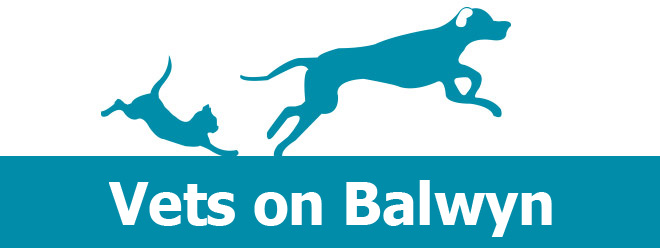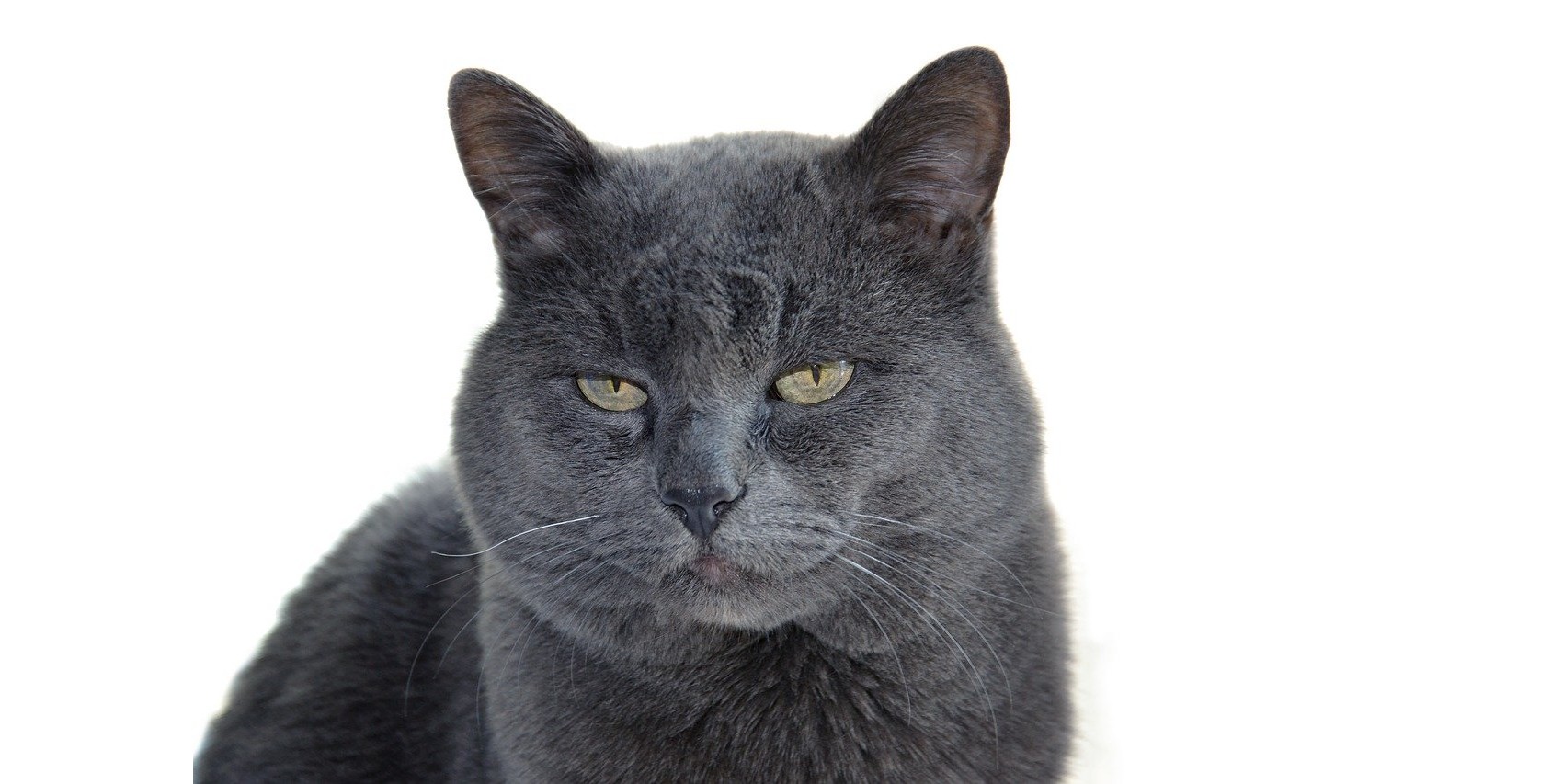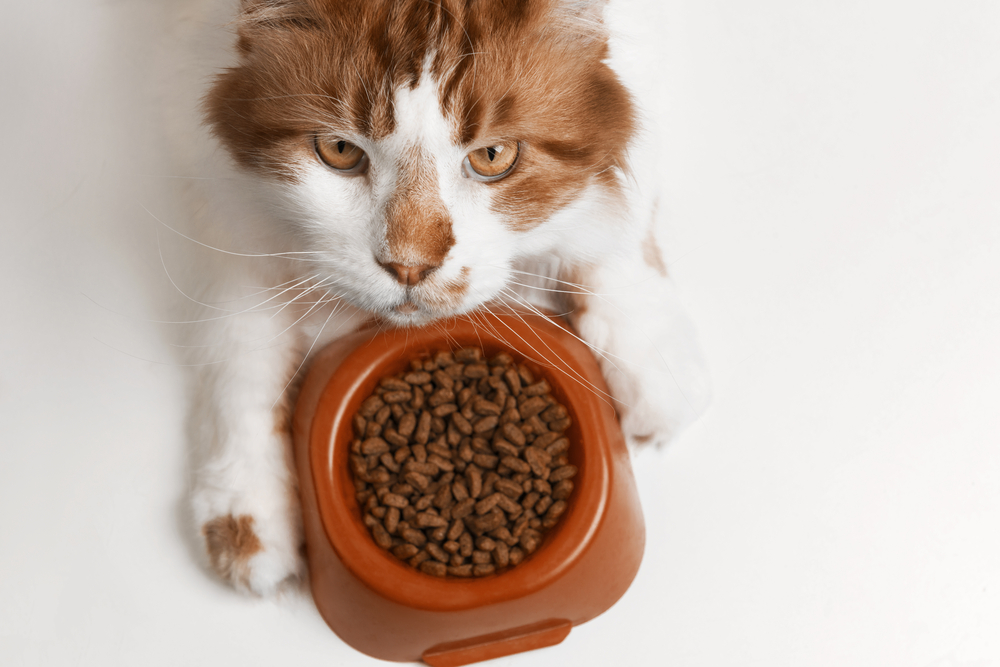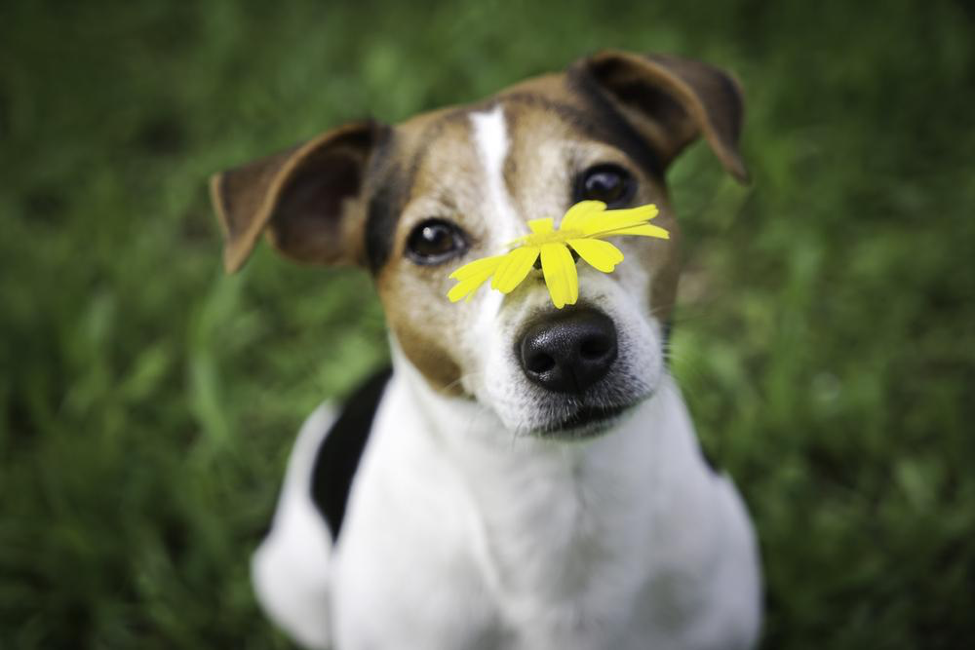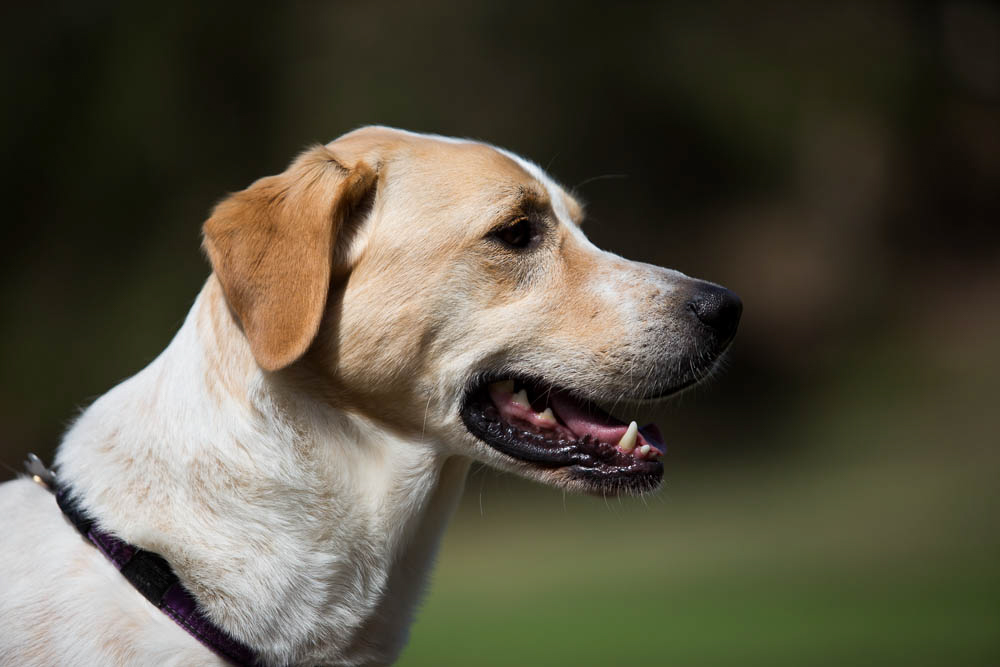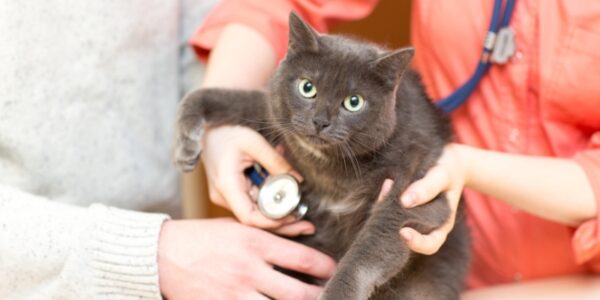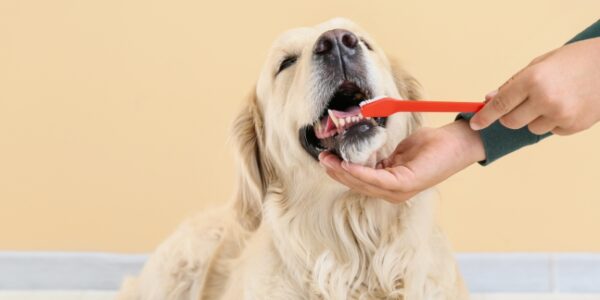Thanks to better nutrition, disease prevention and proper home care, cats are now living longer than ever before. Senior cats have recently been redefined as cats over the age of 11 years, but it’s not uncommon f...
Read More
Category: Senior Pets
-

-
 Cats spend approximately 40 per cent of their lives as seniors. It's therefore important that they eat the correct food to maintain optimal health. Senior cats have different nutritional requirements than their y...
Cats spend approximately 40 per cent of their lives as seniors. It's therefore important that they eat the correct food to maintain optimal health. Senior cats have different nutritional requirements than their y...
Read More -
 Spring is already upon us, and with so much pollen in the air many of us use of hay fever medication to keep allergies at bay. But what about your pets? For cats and dogs, it’s a little more complicated to minimi...
Spring is already upon us, and with so much pollen in the air many of us use of hay fever medication to keep allergies at bay. But what about your pets? For cats and dogs, it’s a little more complicated to minimi...
Read More -
 We love to see senior pets! Dogs and cats age seven times faster than humans, so it is vitally important that your senior pet has an annual or twice annual health check. Health checks in senior pets often identi...
We love to see senior pets! Dogs and cats age seven times faster than humans, so it is vitally important that your senior pet has an annual or twice annual health check. Health checks in senior pets often identi...
Read More
